Truthear Pure vs. Hexa Review: Another Shade of Neutral
Two years ago, the Truthear Hexa became the benchmark for IEMs under $100. The new $90 Truthear Pure aims to be its successor, but will it live up to the task?
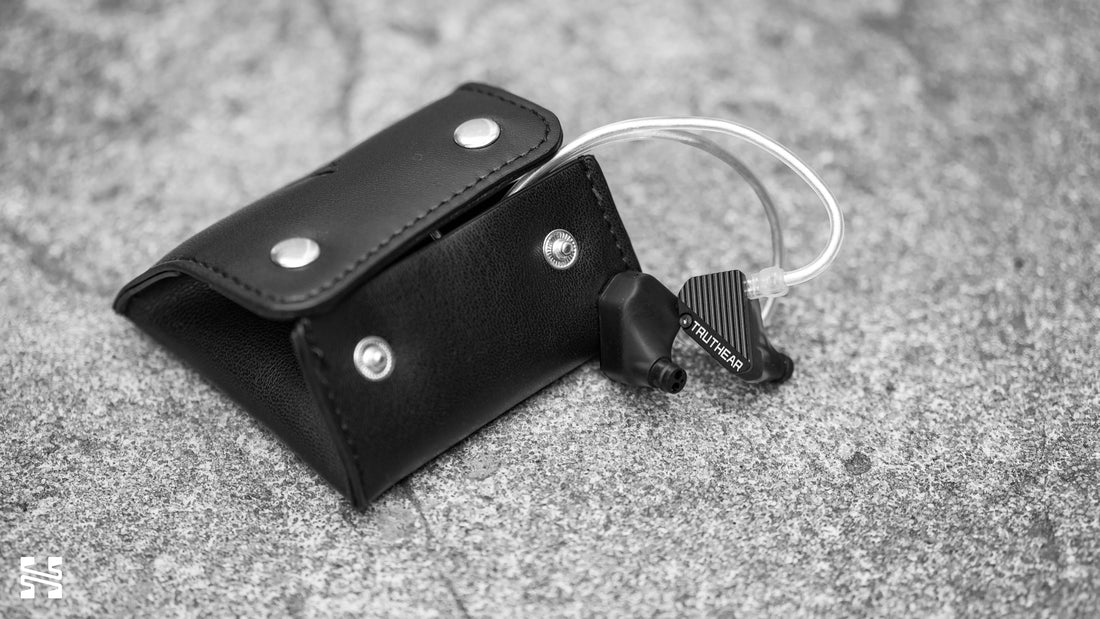
Introduction
Every time I write a new review for a budget in-ear monitor (IEM), it invariably starts with some form of acknowledgement that modern IEMs have become really good. While there are a few notable IEMs that helped usher in this golden age of price-to-performance, it was the Truthear Hexa that marked the era of truly excellent sound quality at everyday prices. And despite new products releasing every month aiming for the budget crown, the Hexa remains one of the best IEMs you can buy under $100.
So when Truthear announced they were developing a successor, there was a tremendous amount of hype. Will it be better than the Hexa? What will they change? How does it compare to everything else in the market today? It is under the weight of these expectations that the Truthear Pure was released. Coming in at the same $90 as the original Hexa, the Pure must prove it can build meaningfully on its predecessor's legacy - and that's exactly what we're here to find out.
The Truthear Pure was provided by Shenzhen Audio for review with no editorial input or compensation. All opinions are my own.
Note: I have confirmed with Shenzhen Audio that there are no plans to discontinue the Hexa.
What we like
- Warm, coherent, and smooth midrange
- Extremely controlled treble
- Big hat
What we don’t like
- Somewhat narrow soundstage and blurred imaging
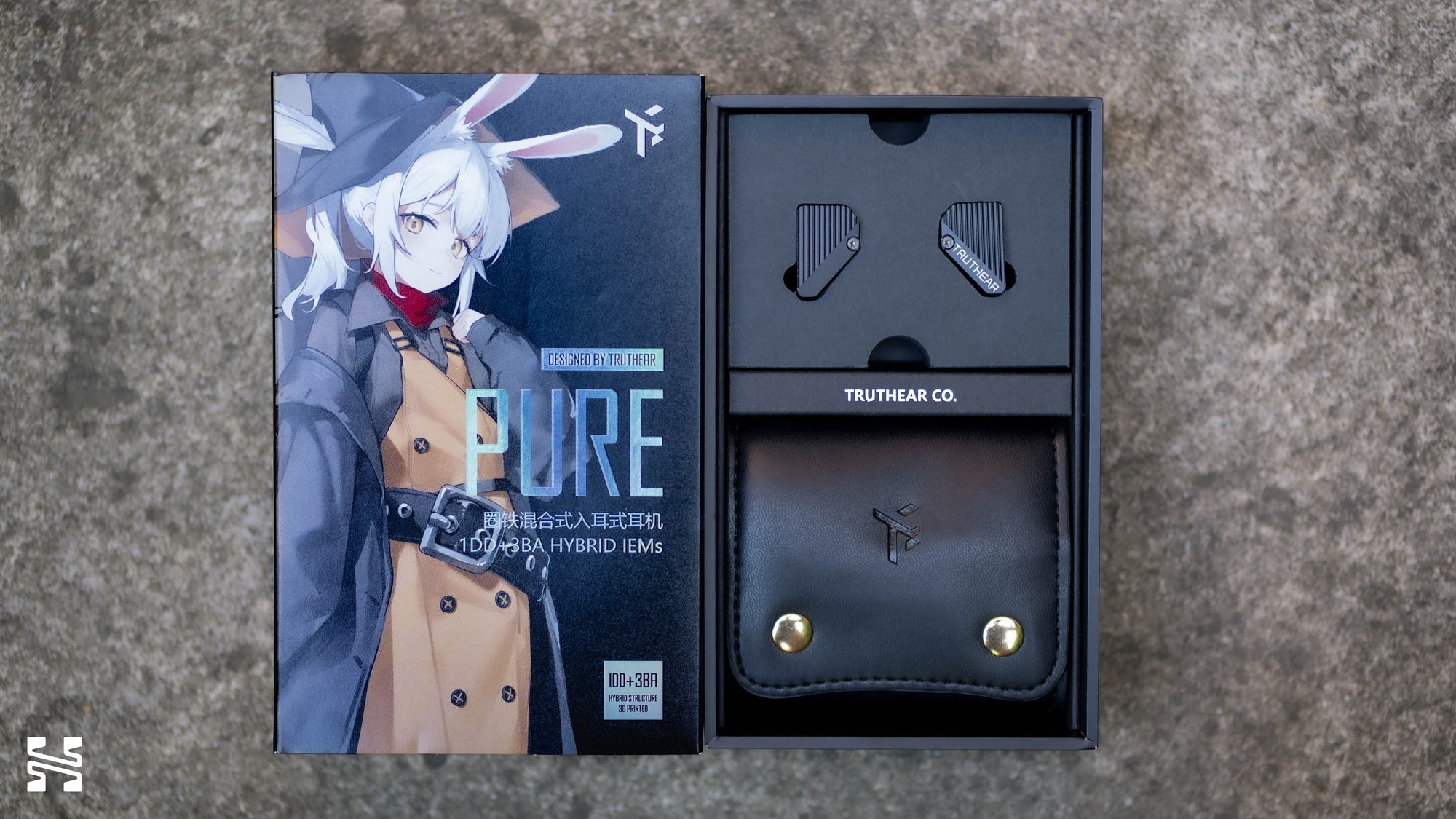
What’s in the Box?
The Truthear Pure comes with the same packaging and accessories set as the other Truthear products. The most notable difference is a different anime character for the artwork. I like this one because of the hat. Inside the box we get:
- The Truthear Pure itself, with its new ridged faceplate and bolder Truthear branding. I didn’t like how the ridges on the faceplate looked at first, but it does look significantly better in person.
- A 2-pin braided silver cable. This is quite a nice IEM cable. No complaints here except maybe that it doesn’t match the black of the Pure’s shells.
- 3 different types of tips for a total of 7 pairs. There’s a set of narrow bore tips and a set of wide bore tips with accompanying S/M/L sizes. Lastly, we get a set of foams.
- A nice carrying pouch.
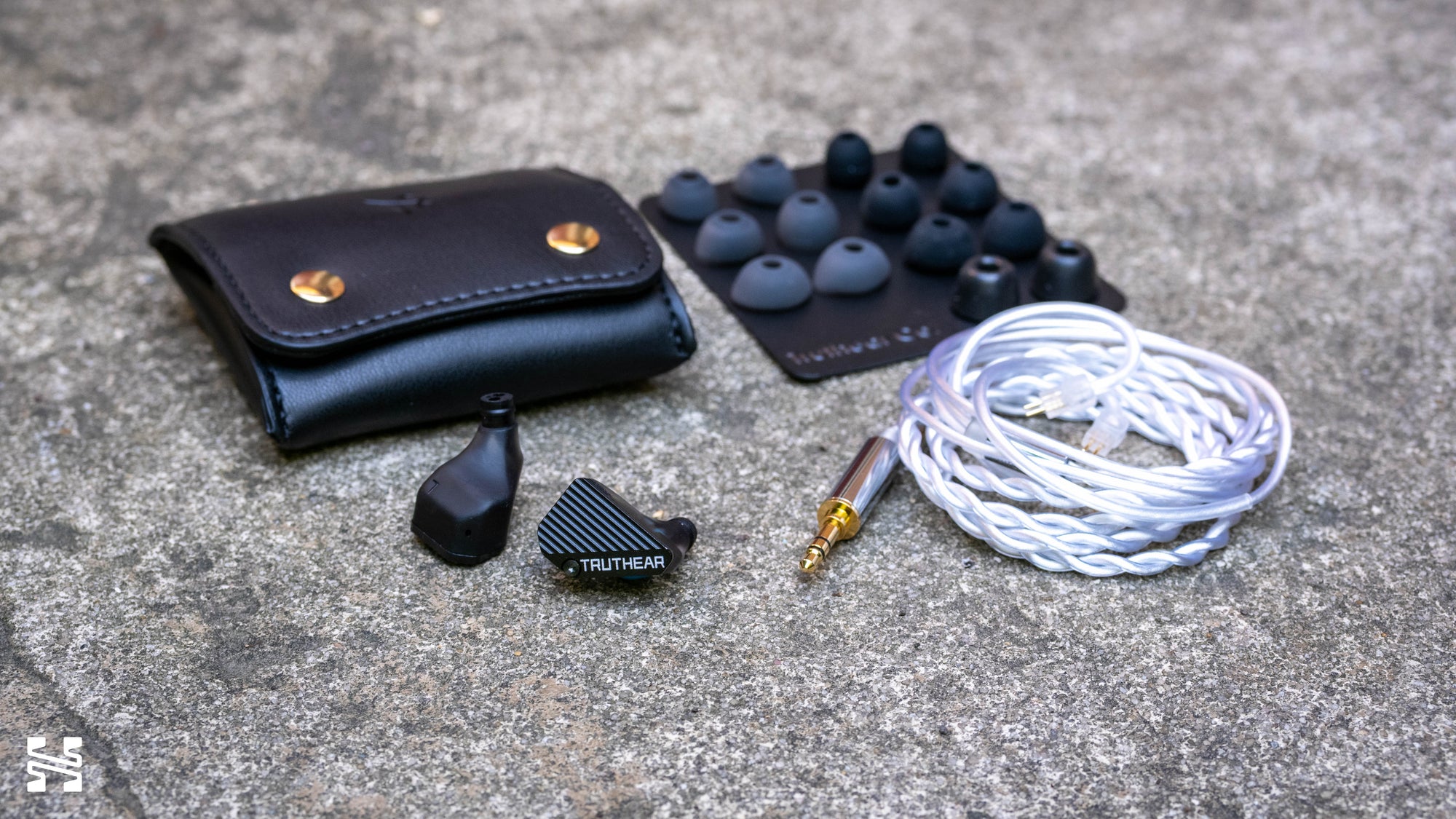
The dimensions of the Pure’s shell is very similar to the Hexa. There are three primary differences:
- The Pure is chunkier than the Hexa. It’s noticeably thicker and sticks out a little more in the ear. This does have an effect on comfort, but it’s minimal.
- The Pure has a lip on its nozzle compared to the uniform diameter of the Hexa. Accounting for the lip, the diameter is about the same for both at about 6.3 mm. But without the lip, it is smaller at 5.5 mm. I don’t really find it much of a difference for comfort, though it can help with getting the eartips on.
- The Pure has a different angle to its nozzle. Presumably this helps with insertion due to the thicker shell.
Overall, the comfort is alright. If you can fit one, you can fit the other. These aren’t the most comfortable IEMs, but then again, few IEMs are truly comfortable nowadays anyway due to the inflation of shell sizes. For this review, I’m using the narrow bore tips as I find it to have the best comfort and more neutral sound.
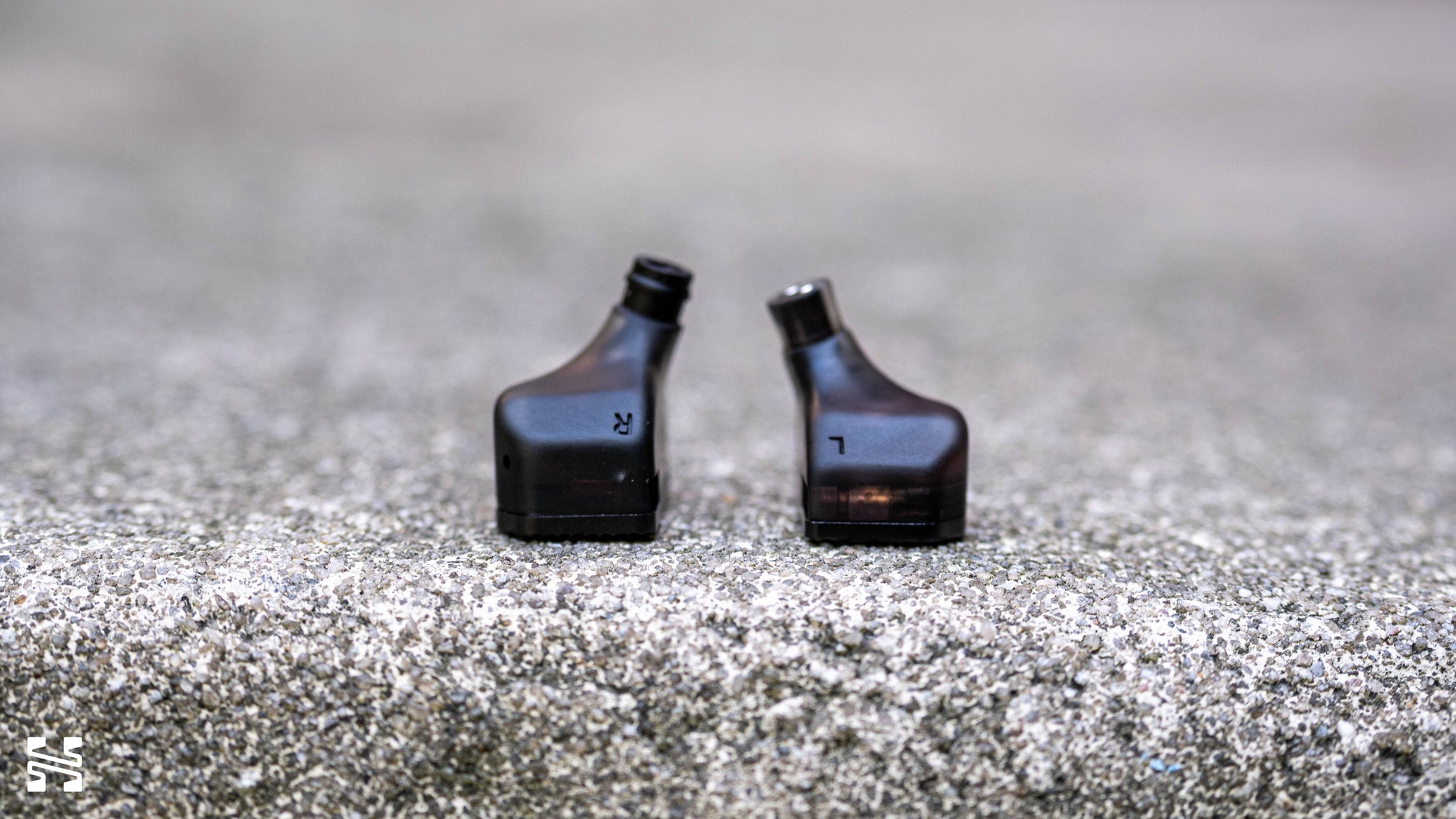
Sound - Objective Analysis
Before we get into the subjective part of this review, let’s take a look at the frequency response graph of the Truthear Pure. If you’re new to reading graphs, here is the high-level explanation - if the line is within the grey region, it means it’s likely to sound balanced (or neutral, for lack of a better word). Put another way, frequencies that are outside the preference bounds are likely to sound colored.
Comparing the Pure (orange) to the Hexa (blue), we can see that both IEMs are both firmly within the grey region and are very balanced sounding. The Hexa does have a peak in the upper treble, though keep in mind that treble measurements are unreliable and very dependent on an individual’s anatomy and the tips chosen. That peak may not manifest in the same way you see it there.
Looking at it more closely, the Pure has a little more midbass energy and less upper mids and treble presence. This means that you might be able to expect the Pure to be a generally warmer, more relaxed sound. The lack of peak indicates a very well controlled, smooth treble without any bright spots.
You might have noticed a downwards sloping line in the graph - this is what we call the population average DF HRTF + 10 dB downwards slope. This is not a target curve. In simple terms, the line represents what we understand to be the way an average human hears headphones/IEMs (the DF HRTF part) and preference (the +10 dB slope part). The reason that it is not a target curve is because as an individual, you aren’t a statistically defined average. Hence why we have preference bounds (the grey region) to indicate a range of preferences where people found music to still be balanced.
Below is that same frequency response graph comparison, but without any compensation. This is how it measures straight out of the B&K 5128 measurement rig.
Sound - Subjective Experience
Comparing two IEMs is often a tricky task, especially when they’re both so close to one another. So for this review, I'll compare these IEMs in two different ways. The first is through rigorous A/B testing with volume matching and test tracks. The second is through everyday listening the way I would normally use IEMs.
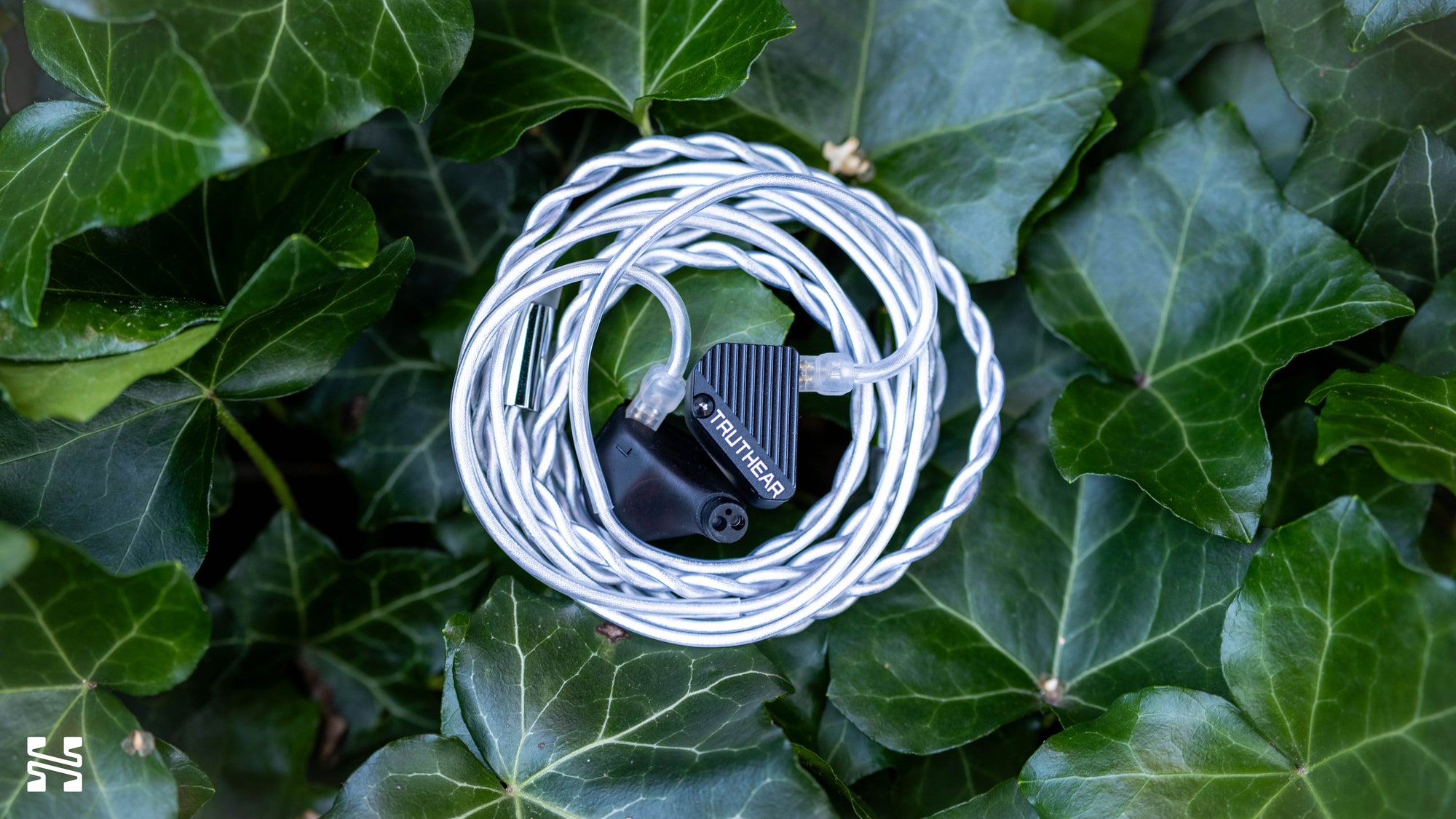
The A/B Test
An important detail to note is that the Pure is about 3.5 - 4.0 dB louder than the Hexa. Thus, volume matching is crucial - otherwise you might prefer the Pure simply because it's louder. I've matched them to within +/- 0.2 dB of each other at a comfortable loud of 72 dB. In a perfect world, I would perform a double blind ABX test, but that’s unfortunately quite difficult to properly do.
Bass: Surprisingly, despite the midbass bump the Pure has over the Hexa, I don’t find it that much bassier. Yes, it’s noticeable if I’m consciously thinking about it, but it’s not the first thing that jumps out at me. The effect of this elevation is that it glues the lower mids and bass together and completely eliminates any distinction between them while the Hexa retains a bit of that separation and contrast. The Hexa is thus a little punchier in those quick bass guitar lines while the Pure blends them together.
Mids: The midrange of the Pure is noticeably more relaxed than the Hexa’s. It pulls back a couple of steps to give a greater balance between the bass and treble. The Hexa is comparatively forward. However, this forwardness, along with less midbass, is what allows the Hexa to have better midrange clarity. Vocals can sound a tad buried on the Pure depending on the track, but smoothness and richness of its timbre is arguably better than the Hexa’s. Instruments are equally good. I was a little apprehensive that the Pure’s lower mids might add some muddiness to its sound, but at worst it’s a tiny hint of bloom that’s easily forgotten.
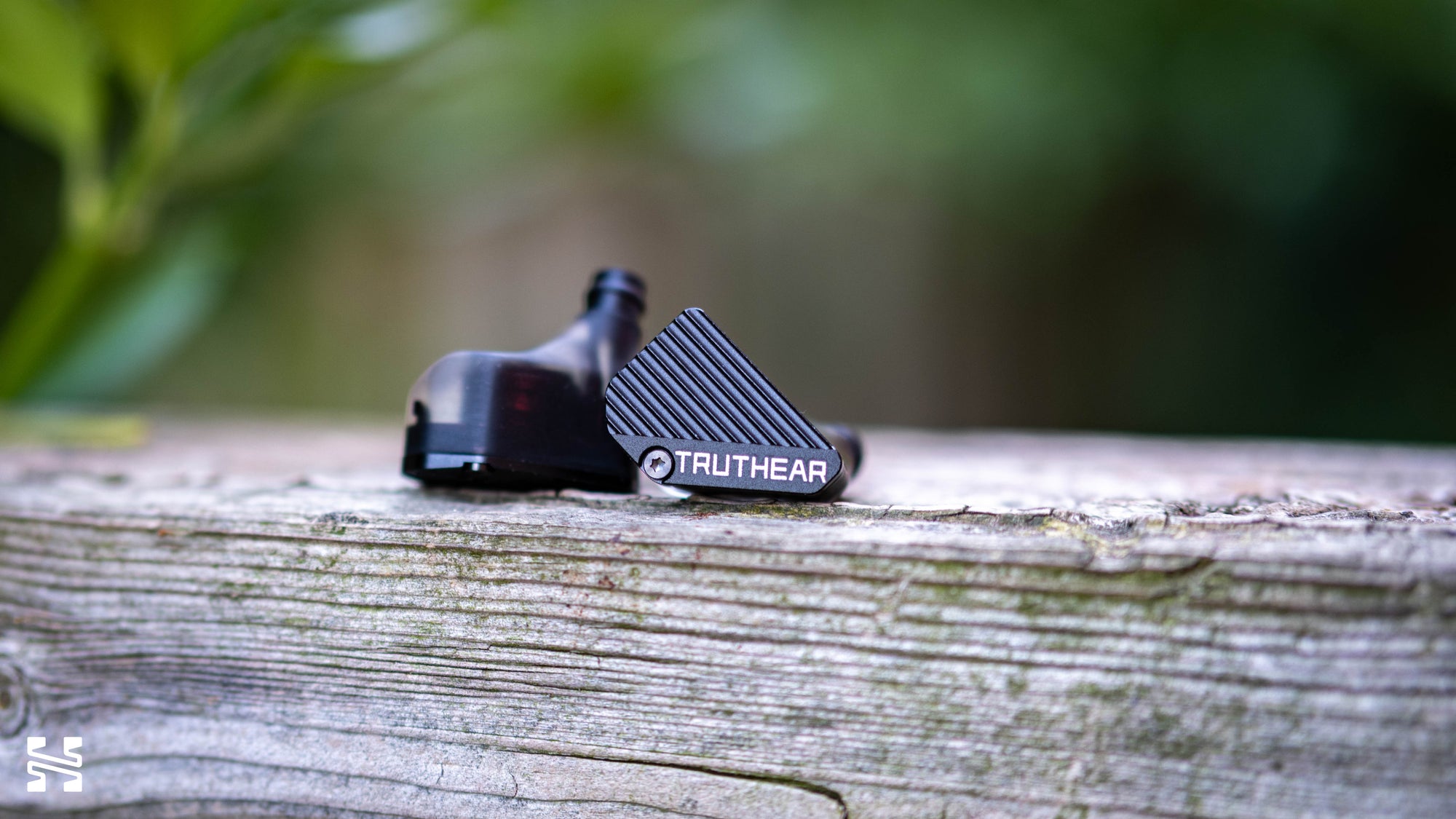
Treble: The biggest difference between the Pure and the Hexa is in the treble. Compared to the Pure, that upper treble peak on the Hexa is very noticeable. It sharpens hats and cymbal notes and depending on the recording, can warp the timbre a little too much towards the attack. The Pure in comparison is extremely well controlled and clean in its treble. While I was initially concerned that it might be too polite, the Pure actually does retain the necessary amount of sharpness to allow treble notes to still be crisp. Full props to the Truthear engineers for figuring out how to flatten the treble without completely killing its character.
Presentation: When it comes to perceived technicalities, they’re both very similar to one another. I don’t hear the Pure being noticeably more textured or impactful in the bass beyond sheer quantity, though do I hear the Hexa as being a little more resolving and nuanced. The Hexa does have a better staging presentation with greater articulation in its stereo imaging while the Pure is a bit more focused towards the center.
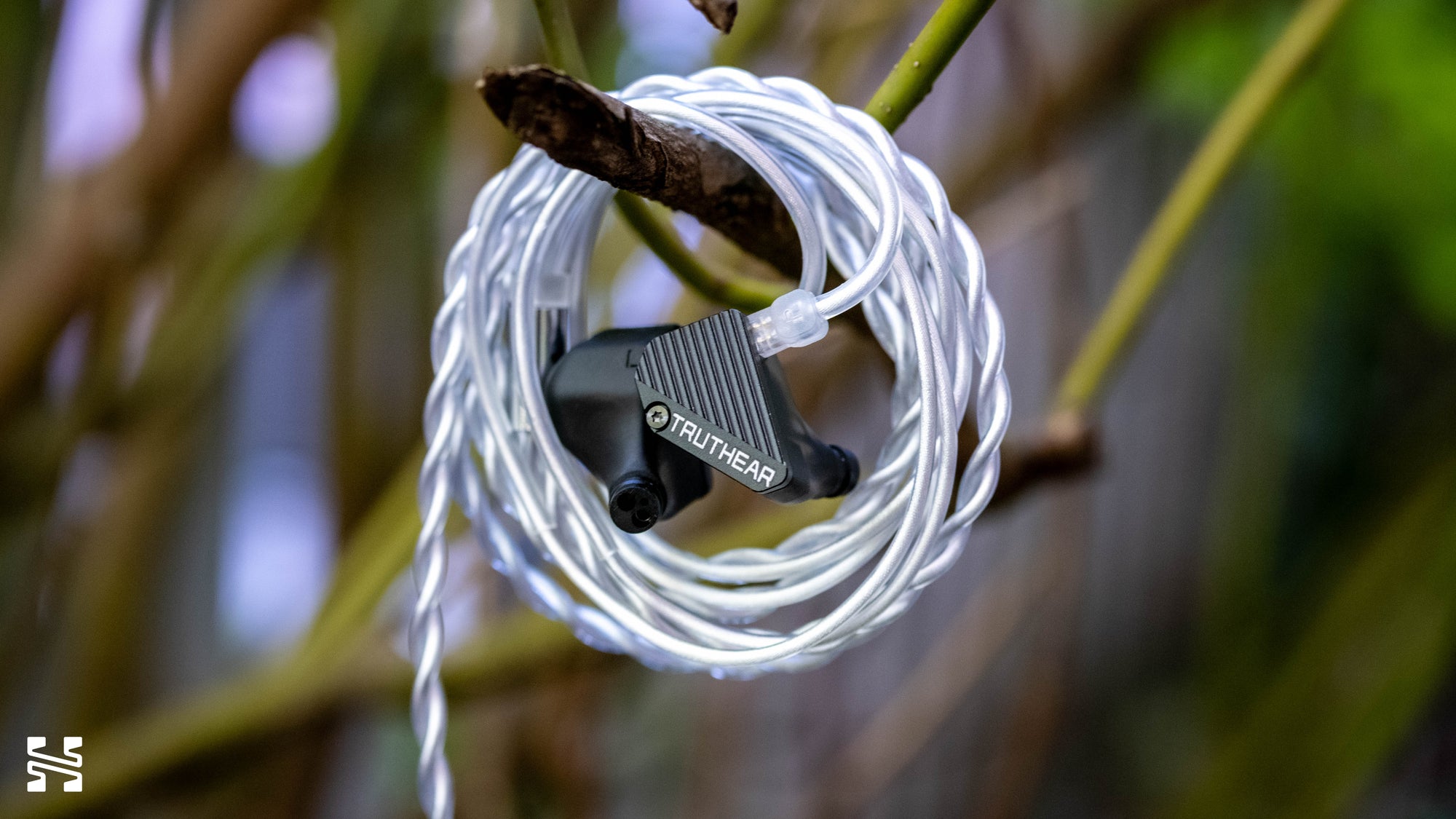
The Everyday Comparison
A/B testing is a great way to really analyze differences. However, it is a bit of an artificial environment as the vast majority of people are likely to buy an IEM and listen to it without spending hours doing side-by-side comparisons to something else. As such, here’s my thoughts using these IEMs in an everyday manner.
Truthfully, both of these IEMs are very close to one another in terms of sound quality and enjoyment. The most important change in the Pure’s tuning is the lack of the upper treble peak. And even then, it’s not a make-or-break scenario for me. While tonal differences exist in the bass and midrange, I find it to have minimal impact on my enjoyment of either the Pure or Hexa. Where I might think the Pure sounds slightly better, I’ll switch to another track and would prefer the Hexa instead.

Given how close they are, I’d say that track selection is likely going to be the deciding factor. The Pure works wonders on well-mixed vocal-centric recordings, or tracks with a clean pop-like production. The Hexa has better clarity in busier, more complex songs like rock and metal. When it comes to pure instrumentals, the Pure’s smoother vocal performance is no longer an advantage. In that case, the Hexa takes the edge for me due to a slightly increased sense of contrast in its tuning and clearer imaging. There will be some tracks where I can clearly state which I prefer, but when averaged across an entire library, it comes out as a wash.
I think there’s a tendency to look at the frequency response graph and say that the Pure is better because it aligns closer to that middle line. I find myself falling into that bias trap too. But if it hasn’t been emphasized enough, once either IEM is in my ear, I enjoy them both just as much. Switching from the Pure to the Hexa, there’s that moment where the tonality shifts and I do prefer the Pure as it flattens the treble and fills in the mids. But within 30 seconds, I’m back to fully enjoying the Hexa, and perhaps loving it even more depending on the genre.
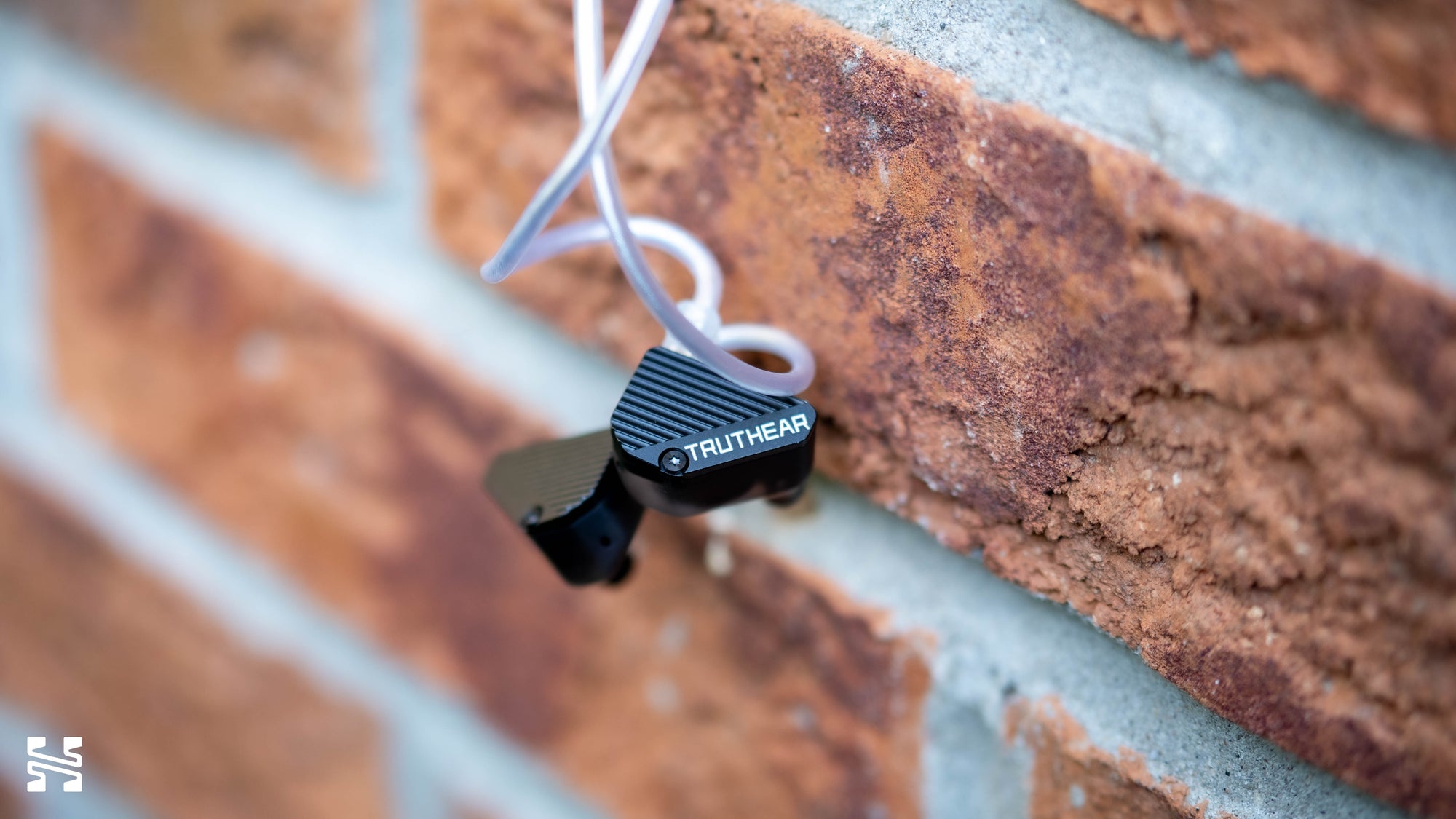
Should You Buy It?
Yes. For everyone who skipped to this section, here’s the summary. The Truthear Pure is an excellent IEM and easily on par with the Hexa. You aren’t getting an inferior experience if you went with one over the other. So my standard advice to anyone looking to get their first pair of IEMs is to spend less time obsessing over what IEM to and spending days and days reading reviews to find the “best”, and just buy something to get started.
Because frankly, you won’t have any context for what reviewers are talking about unless you actually hear something. And even then, without having multiple IEMs in front of you to compare, you won’t know what you’re missing. Without the Pure in your ears, you might never know the Hexa's vocals could be even smoother - you’d just think it sounds great. And in the same vein, without hearing the Hexa, you might never realize that you’d crave that boost in clarity.
I understand that loss aversion is the biggest concern when making a decision. “What if X is better than Y? Did I waste money?” It’s natural to feel this way. But trust me, the Truthear Pure and Hexa are both good enough that once you start listening and enjoying music with it, you’ll move on and simply be glad you spent that $90. And on the off chance you don’t enjoy one or the other, that’s a valuable lesson learned in your audio journey. You’ve discovered an important personal preference, and now you have a much better idea of what you actually want in your headphones and IEMs.
All that being said, I know that a lot of people read reviews to see what the reviewer would buy. So if I had to choose one for myself, I would give the Hexa a very slight edge. The extra touch of clarity and imaging aligns with my library and preferences. But if I had to recommend one, I would pick the Pure. Not because it’s definitively better, but because it’s a better platform to EQ with. The extremely controlled treble devoid of any major peaks makes it a perfect starting point to EQ. And the rest of its tuning needs only a little bit of work to get it to exactly how you’d like it to be. Remember: you aren’t a statistically defined average. Trust your ears and find your own sound.
Extra Resources
If you’d like a second opinion of the Truthear Pure, Resolve has a review up over at The Headphone Show.
